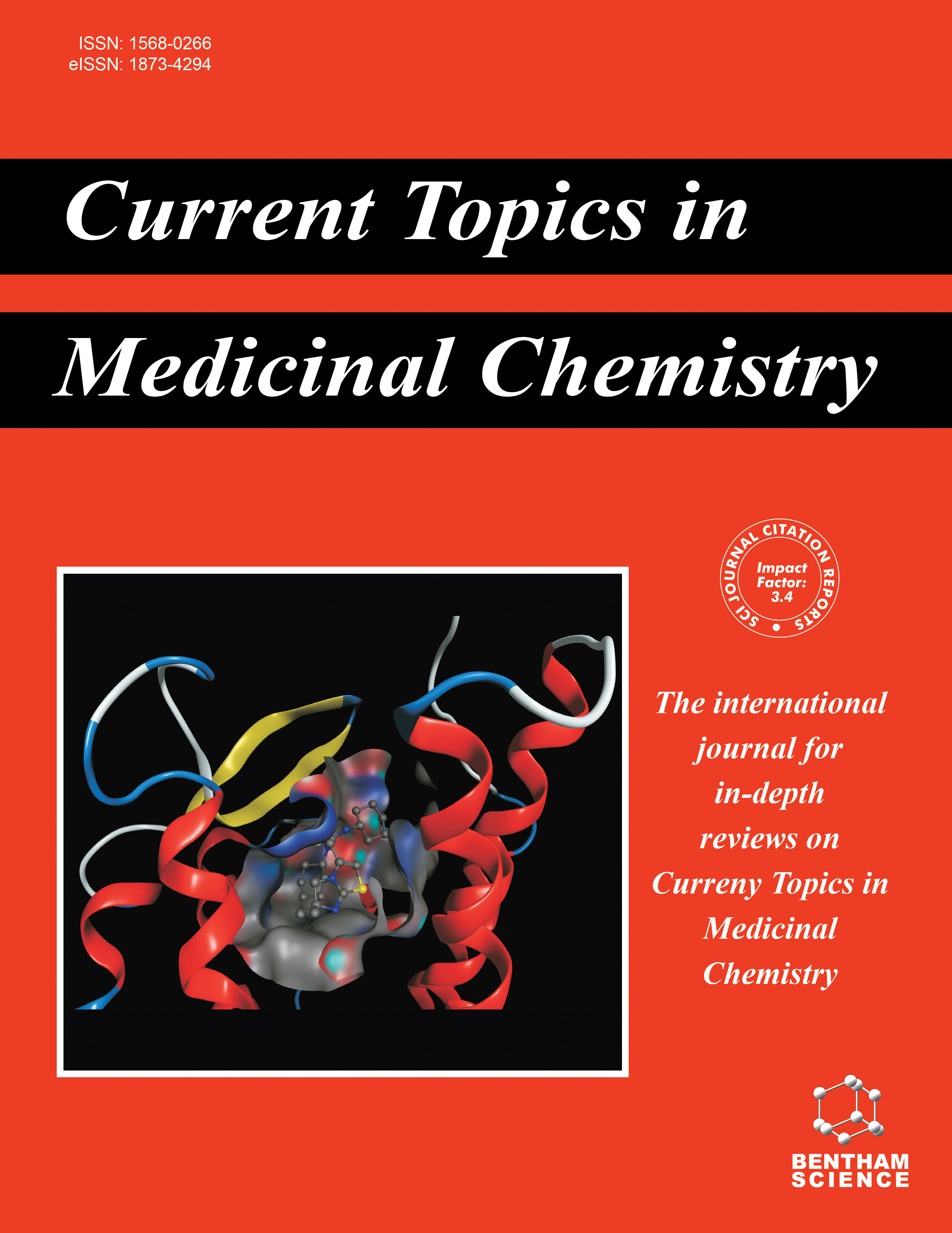
Full text loading...
Halogenated natural products are an important class of secondary metabolites that are widely distributed in nature. The presence of halogen atoms usually enhances the pharmacological activity of the compounds. As a result, halogenated natural products have shown promising pharmacological activities in antibacterial, antitumour, anti-inflammatory and antiplasmodial properties, providing a rich resource for the development of new drugs. To date, more than 62% of halogenated compounds are produced by marine organisms, mainly including marine sponges, algae, corals, fungi and other organisms. In addition, terrestrial microorganisms, including bacteria and fungi, also produce halogenated metabolites, which are equally important sources of halogenated natural products. The biosynthesis of halogenated natural products involves the synergistic action of multiple enzymes that efficiently and selectively bind halogen atoms to organic molecules, a process that enhances the biological activity of the compounds. Halogenated natural products have a wide range of uses as important raw materials in the agricultural, pharmaceutical and chemical industries. This paper reviews the progress of research on halogenated compounds and their biosynthesis in recent years, laying the foundation for further utilisation and development of halogenated compounds.

Article metrics loading...

Full text loading...
References


Data & Media loading...

